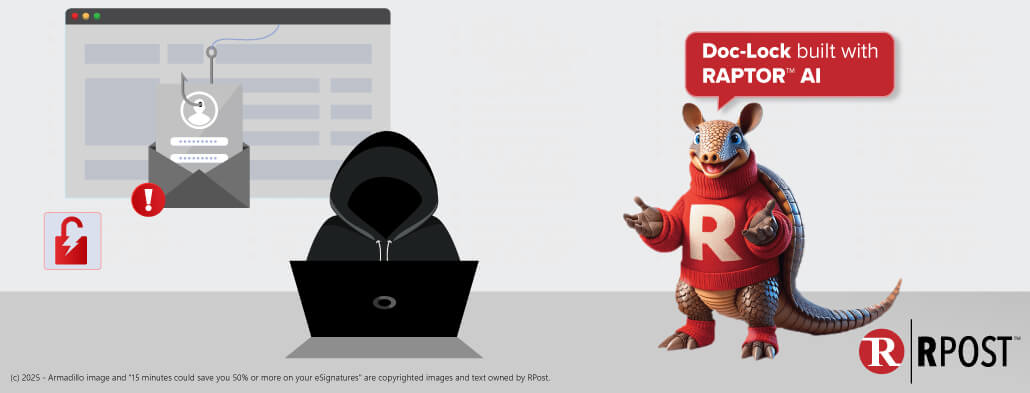
Background: Enactment of electronic laws – the Electronic Signatures in global commerce Act (ESIGN, the federal statute) and the Uniform Electronic Transactions Act (UETA – adopted by forty-six states) are basically similar and were designed to facilitate electronic transactions consistent with other applicable law by simplifying, clarifying and modernizing the law governing commerce and governmental transactions through the use of electronic means.
These statutes were drafted with the intent of ensuring that electronic transactions would be afforded the same validity and legality as paper transactions – to accommodate and promote the efficiencies of digital information.
The foundation upon which these two laws are based can be broken down to the following rules:
These three building blocks are themselves built upon three defined terms: “record, electronic record and electronic signature.” Both UETA and ESIGN define a “record” as information that is inscribed on a tangible medium or that is stored in an electronic or other medium and is retrievable in perceivable form. An “electronic record” is similarly defined as a record created, generated, sent, communicated, received, or stored by electronic means. As a result, any type of document, contract, or other record of information could meet the definition of an electronic record if it were created, used, or stored in a medium other than paper. An “electronic signature” is an electronic sound, symbol, or process attached to or logically associated with a record and executed or adopted by a person with the intent to sign the record.
Digital Information – Burden of Proof: Permitting electronic records to substitute for writings serves little purpose if the records are not court-admissible as evidence in the event of a dispute. The rule stated above is simple: A record or signature may not be excluded from evidence solely because it is in electronic form. An electronic record also qualifies as an original, even if that record is not the original form of the document, and satisfies statutory audit and record retention requirements. Beyond that, the ordinary rules of evidence will apply.
With this in mind, it is critical that private and public sector enterprises create and handle their electronic information properly so that there is proper accountability, authenticity is insured and records can be easily retained and retrieved. Everyday electronic communication must be able to stand the test of evidentiary proof along with that of electronic records, transactions, etc. and it is the content not the technology that is critical during a challenge.
Transporting Digital Information – Explanation of Electronic Services to be Employed: Using readily available technology, insurers will employ an e-mail service that complies with the federal and state electronic signature laws in transporting electronic documents to state DMV offices that will provide legally valid evidence of successful delivery to sender (and to recipient as an option if needed.)
Learn More:
Create an Electronic Signature
How to Add a Digital Signature to a PDF
Signing Order to Sign Forms in RSign
How to Send Forms for Bulk Signing
The RPost core service to be employed provides the sender with legal proof of delivery, content and official time stamp, including all attachments. Additional service features that may be employed by insurers include electronic signature, electronic contracting and end-to-end e-mail encryption. The service will deliver a Registered Email™ messages, with attachments to state DMV offices and automatically return verifiable delivery evidence in the form of a Registered Receipt™ e-mail containing a digital snapshot of the content (message body and all attachments) and the official time the e-mail was sent and received by each designated recipient. An eSign-off feature incorporates a valid electronic signature of the recipient into the process where needed. As a means of providing accountable electronic communication, the service to be employed by insurers in transmitting electronic records and documents to state DMV offices will employ a technology that: a) does not store information on a central server; b) maintains the integrity of electronic communications and the security of the transmission using cryptography; c) provides the sender proof of delivery to the recipient; and d) provides an encrypted, tamper-proof record of the transaction that may include verifiable proof of both the delivery and acknowledgement or execution of any document.
Types of documents to be electronically delivered by insurers: Given that it is in the best interest of both insured and insurer to resolve auto total loss claims as quickly as possible; and with a desire to reduce overall mail and courier expenses the following documents could be delivered electronically to the insured for electronic signature sign-off where needed:
The ability to electronically sign the following will greatly enhance processing timeframes:

April 25, 2025

April 17, 2025

April 11, 2025

April 04, 2025

March 28, 2025